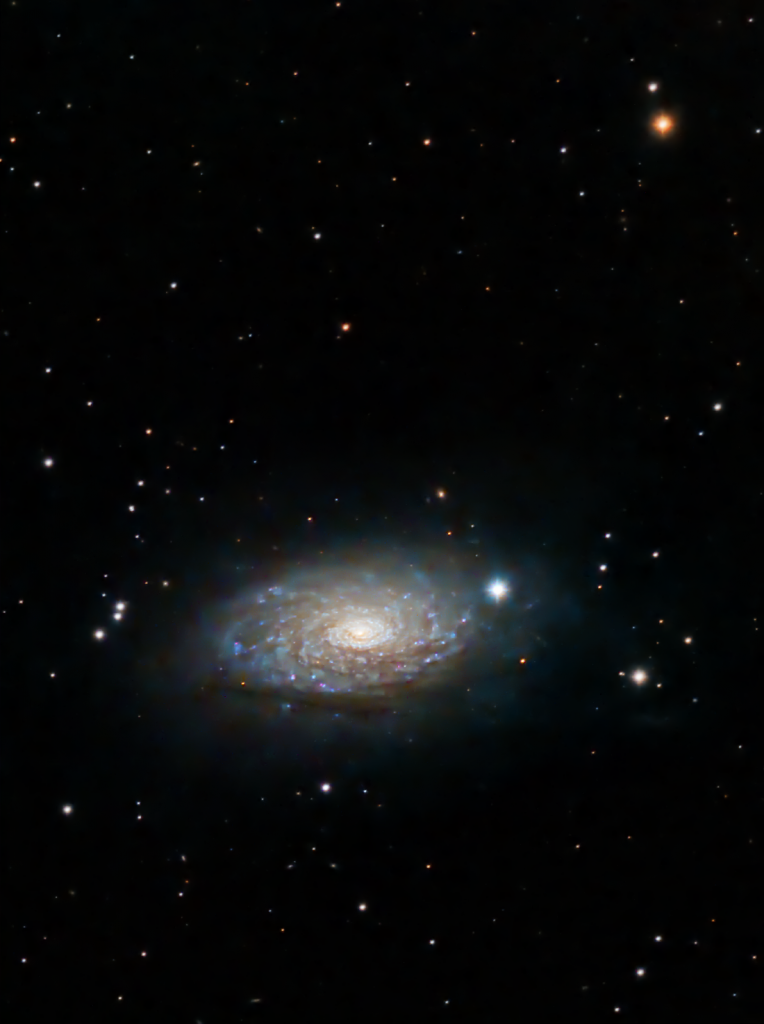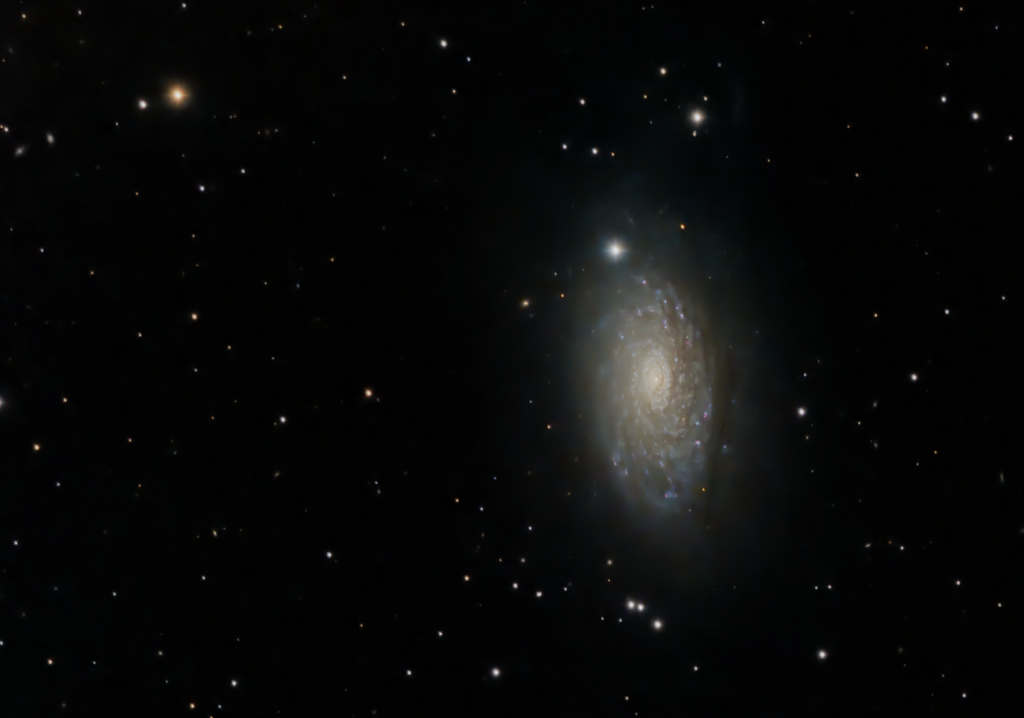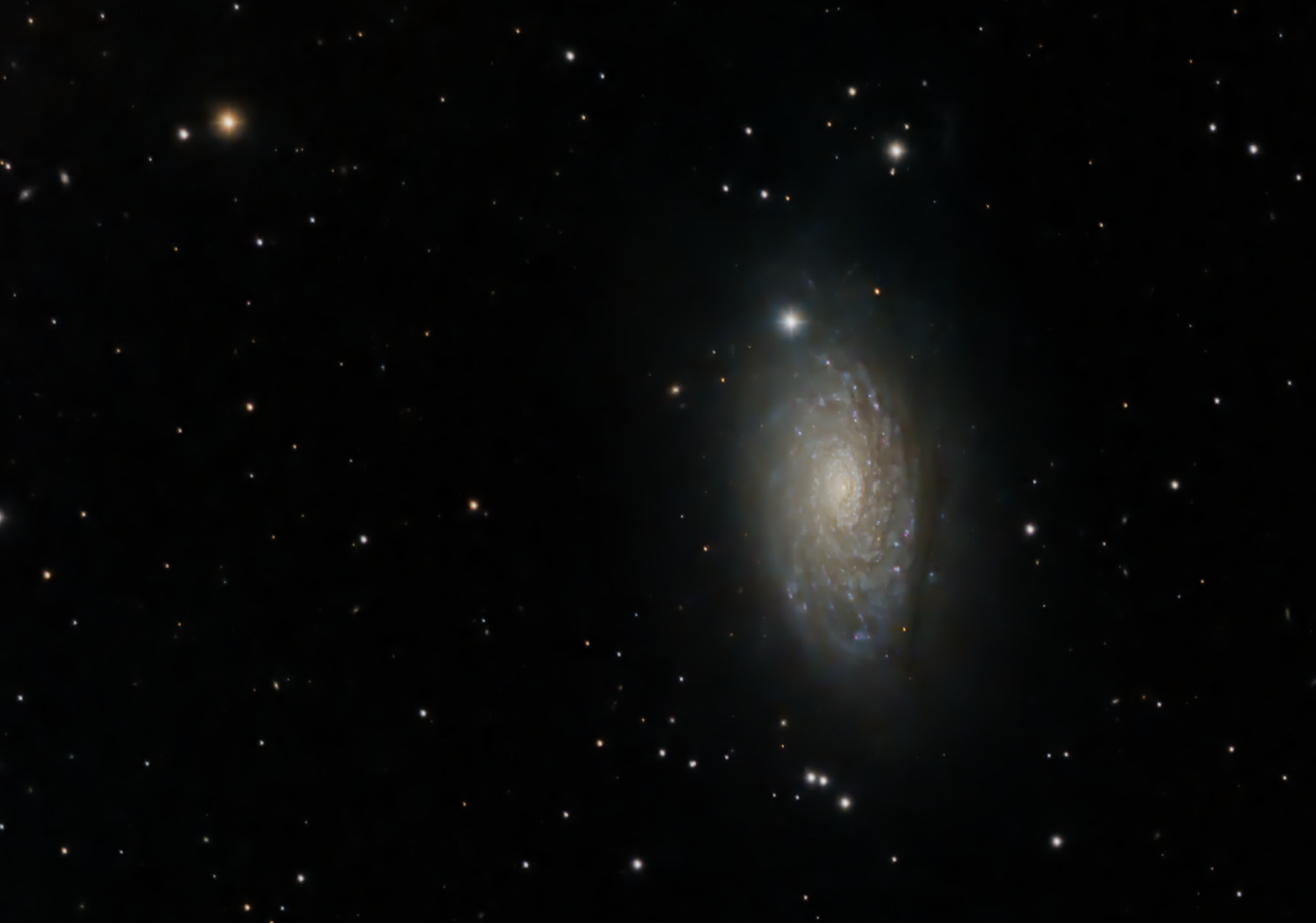
Similar Posts
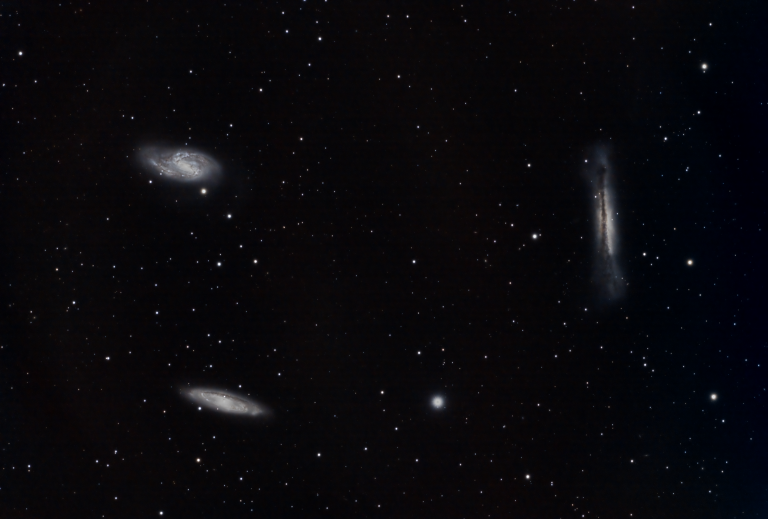
The “Leo Trio” of galaxies
Three nearby galaxies: M65, M66, and NGC 3628. All three are spiral galaxies, viewed from different angles. You can guess which one is called the “Hamburger Galaxy” 🙂
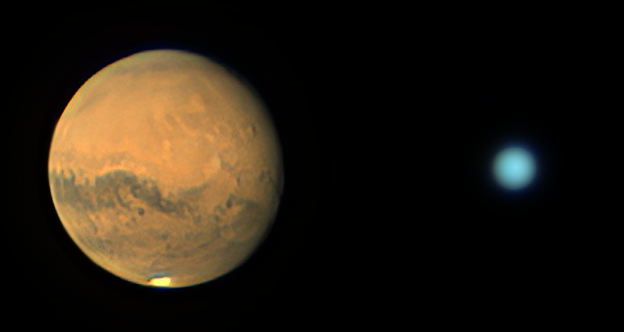
Mars and Uranus
As with any form of photography, getting a good shot is largely about being in the right place at the right time. When it comes to photographing the planets, sometimes that means getting up at a painful hour. Both Mars and Uranus are nearing “opposition” – the point where they are directly across from Earth…
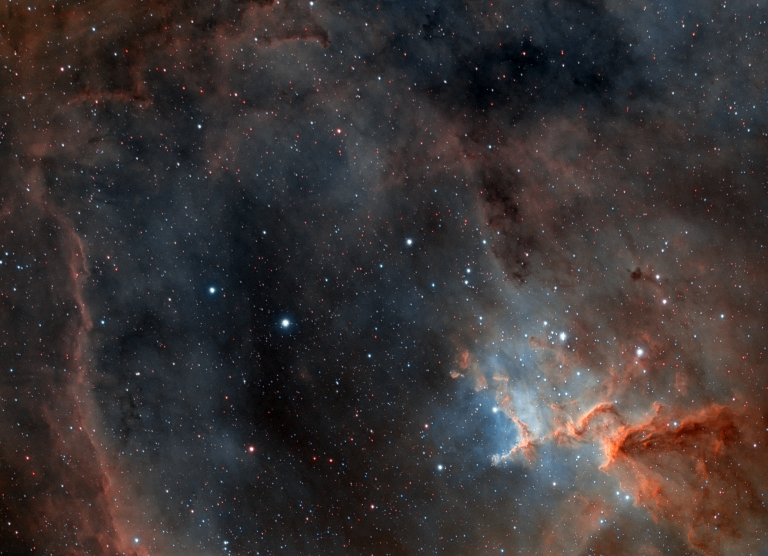
The Heart of the Heart Nebula
The Heart Nebula is a little too big to fit within the field of view of my telescope, but its inner “heart” is interesting in its own right. This is star cluster Melotte 15, formed from the gases within the Heart Nebula – and some of that gas remains, forming interesting clouds and formations where…

Simplify and Automate your Astrophotography
If you’re serious about becoming a better astrophotographer, like with anything, it’s all about practice. With every image you produce, you’ll learn something that makes your next image a little better. But life has a habit of getting in the way. You’ve had a long, tiring day at work – do you really want to…
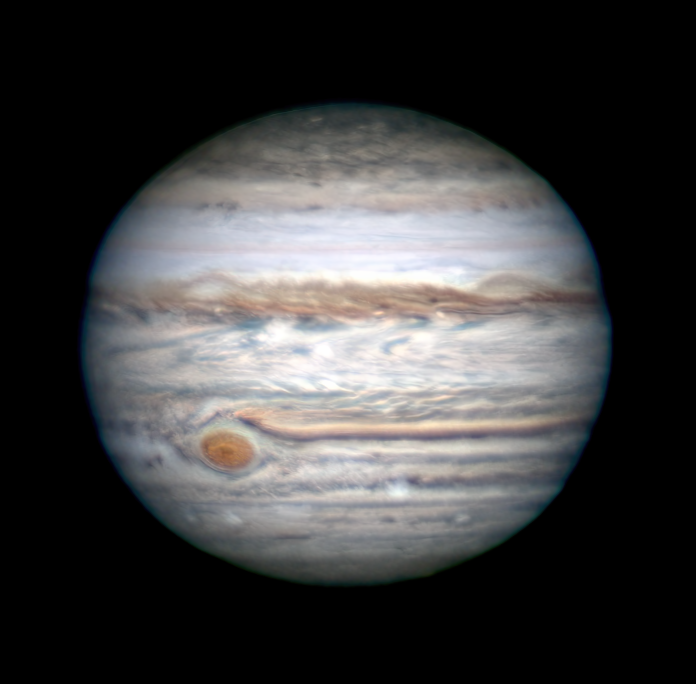
Dusting Off the Planetary Gear
It’s been awhile since I attempted Jupiter and Saturn… years, in fact. But last night was too good to pass up. Jupiter is just past its opposition, and it’s one of its closest approaches to Earth ever. There wasn’t a lot of turbulence in the air late last night, the Great Red Spot was out,…
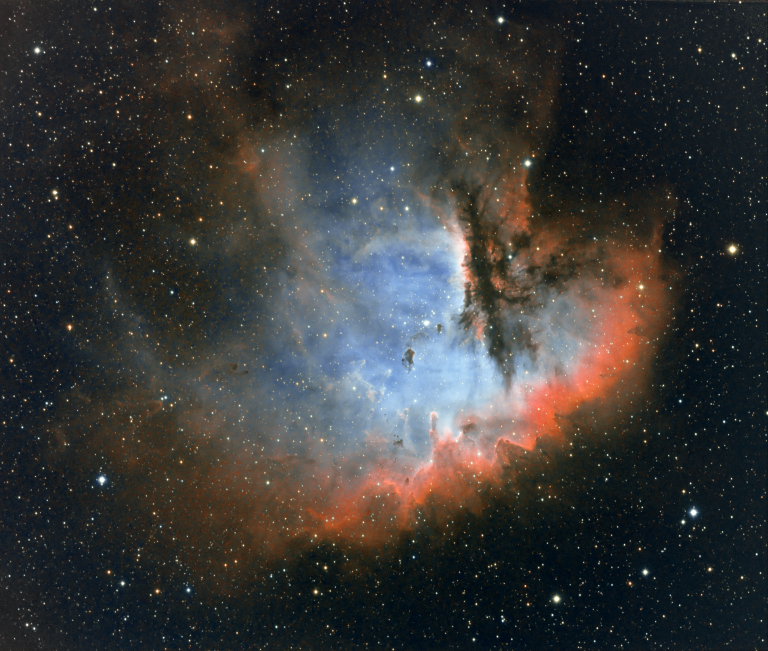
The “Pac-Man” Nebula?
This gorgeous nebula, formally known as NGC281 in the constellation Cassiopeia, goes by the informal name of “The Pac-Man Nebula.” I don’t see a Pac-Man. I think it’s a case where if you look at it through a telescope with your eyes, you only see the brightest parts – and then, maybe it looks a…

